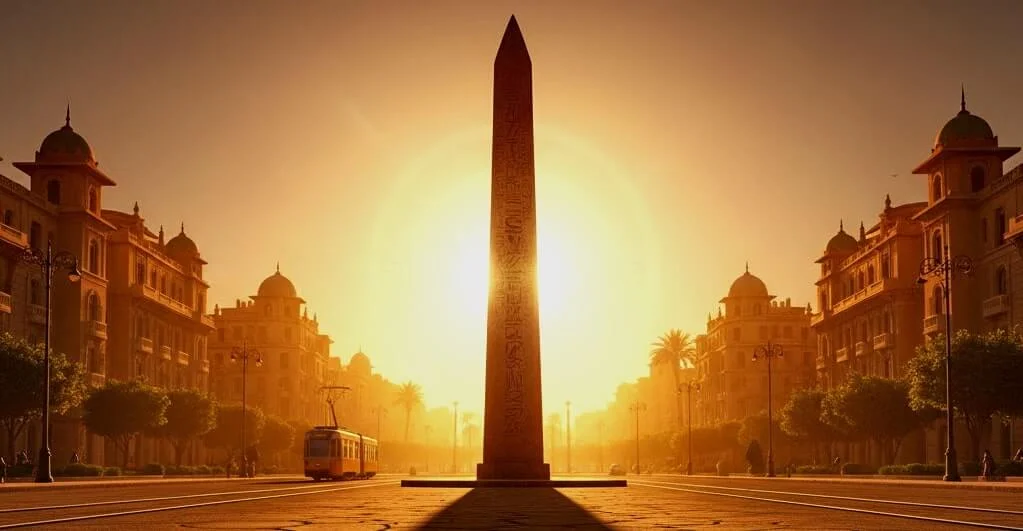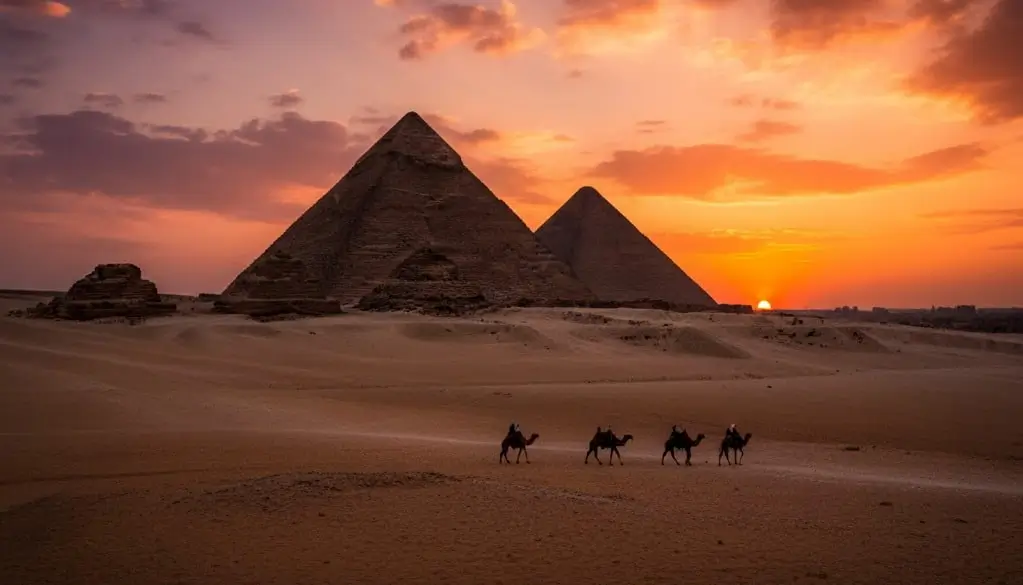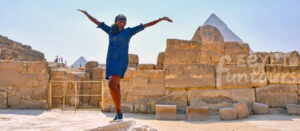Locals in Fayoum often say you haven’t truly seen their region until you’ve visited “Berka”—an affectionate Arabic word for “little lake.” This is a charming understatement. The body of water they refer to is Lake Qarun, a vast, historic lake that is Egypt’s third-largest.
Located 80 kilometers southwest of Cairo, this is not just a body of water; it’s a 45-meter-deep depression below sea level that has been a lifeline and a mirror to human civilization for over 8,000 years. It is a land of stunning scenery, profound legends, and a complex history that shaped the entire Fayoum oasis.








